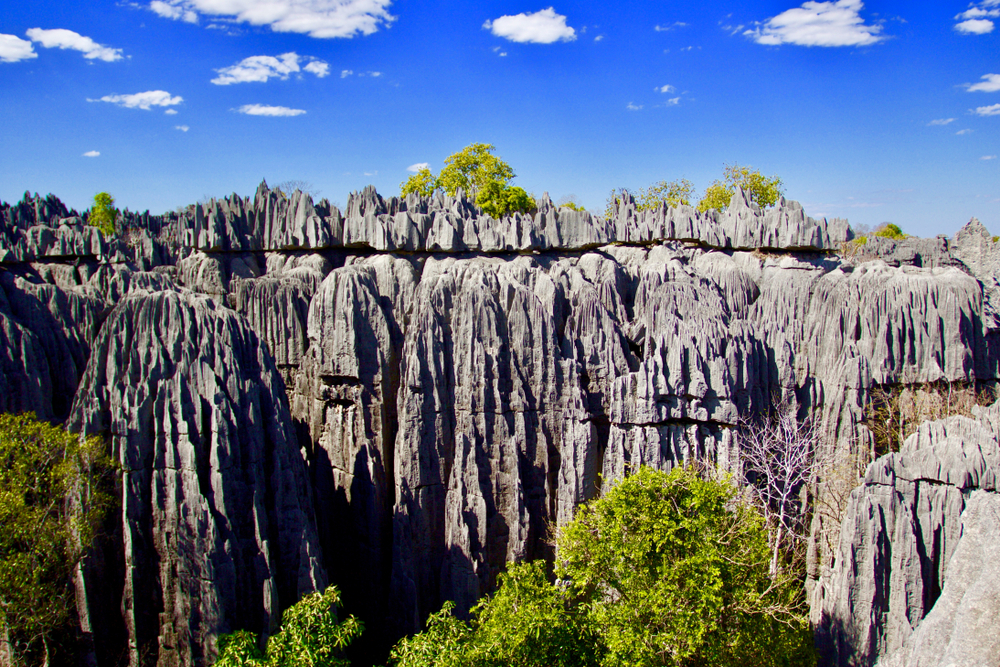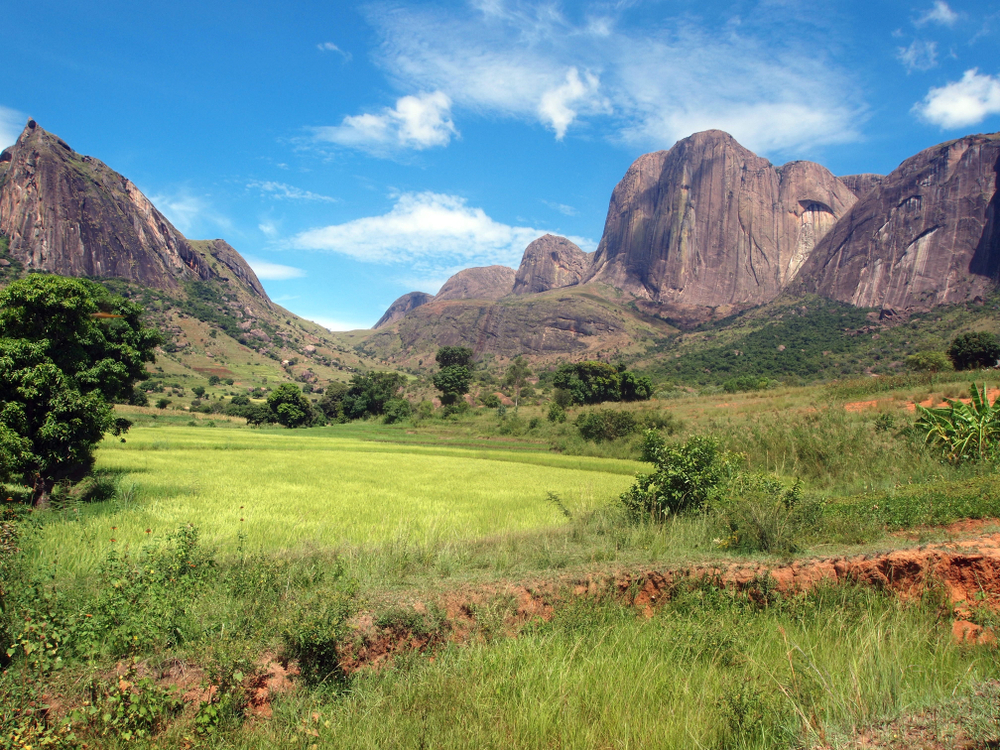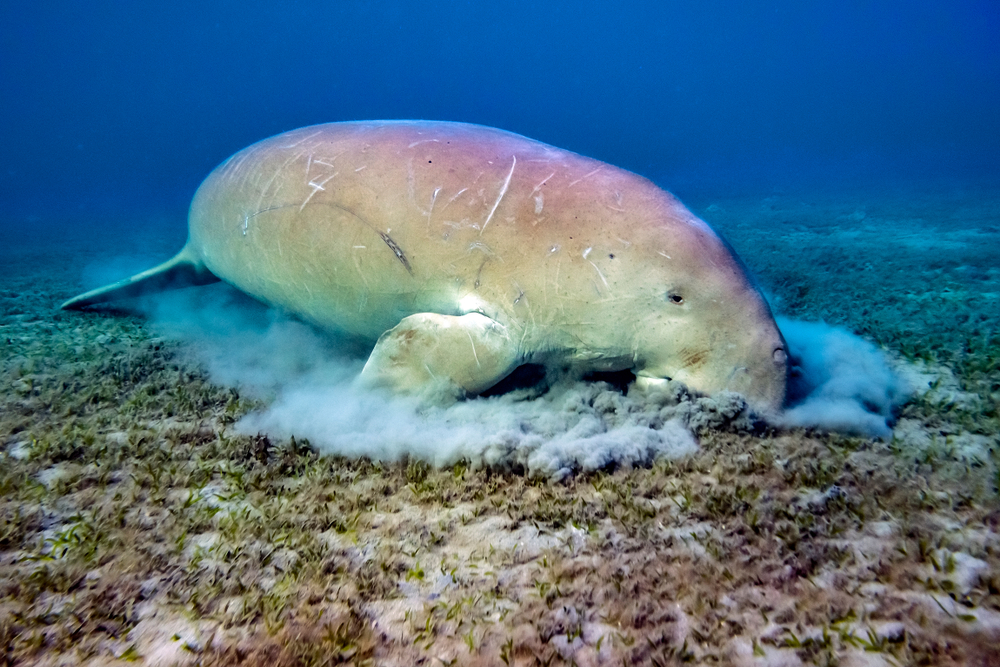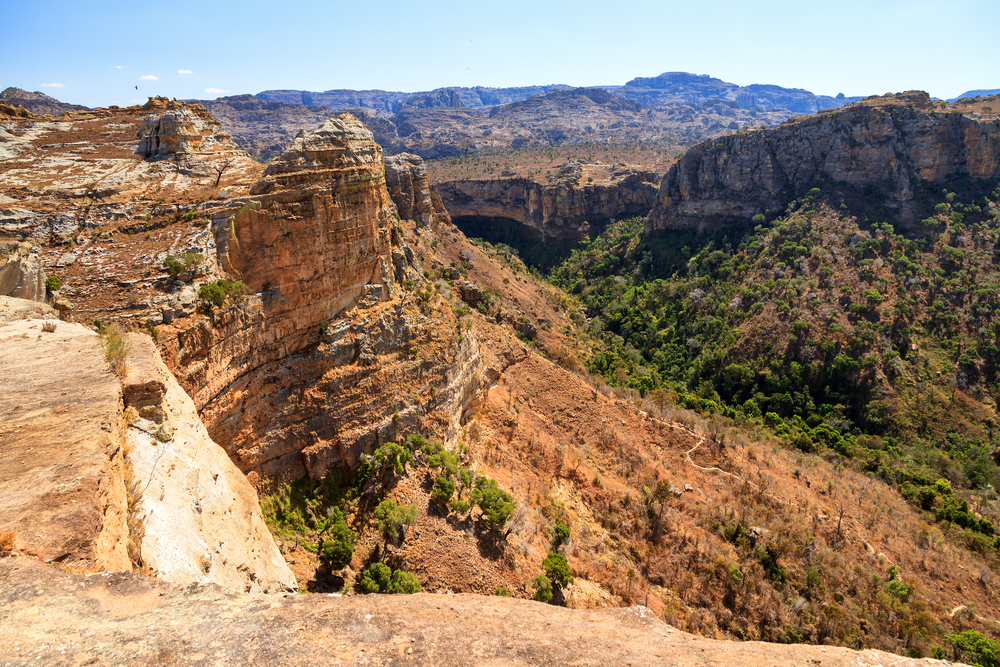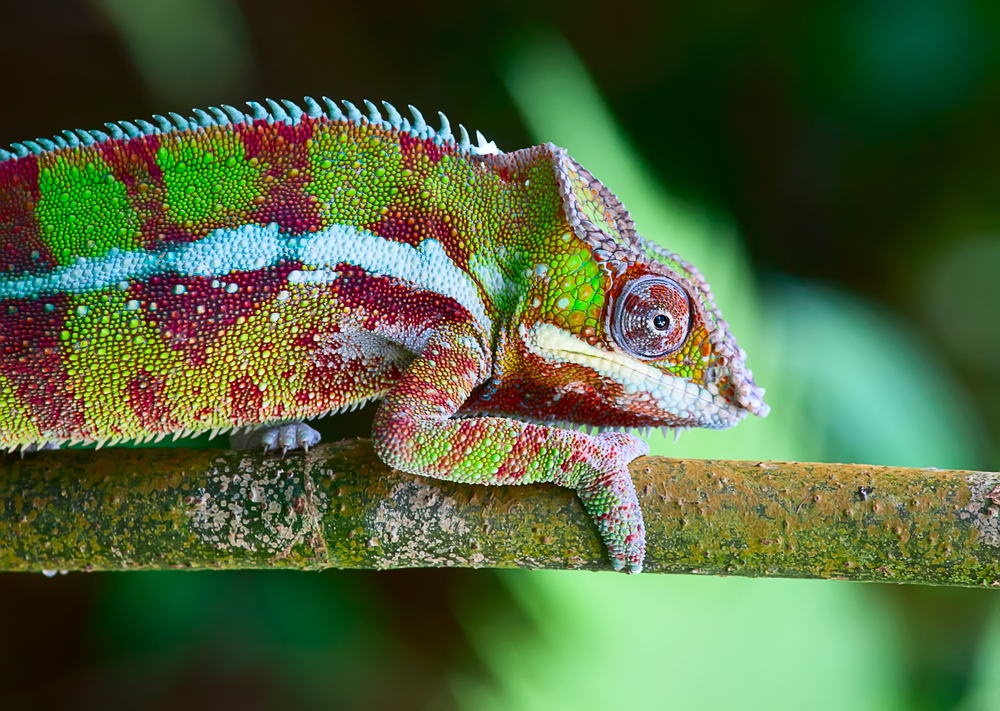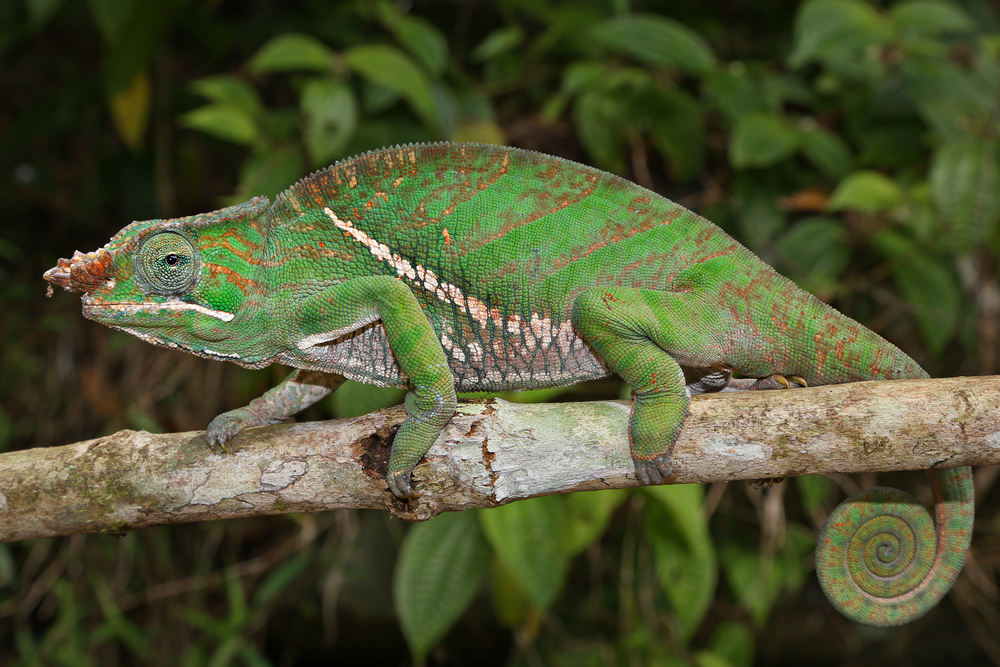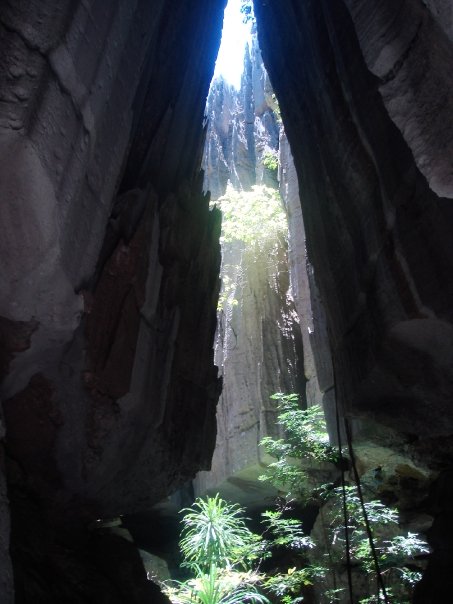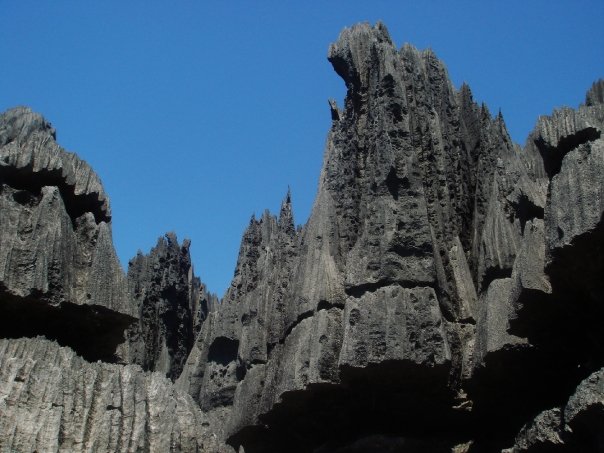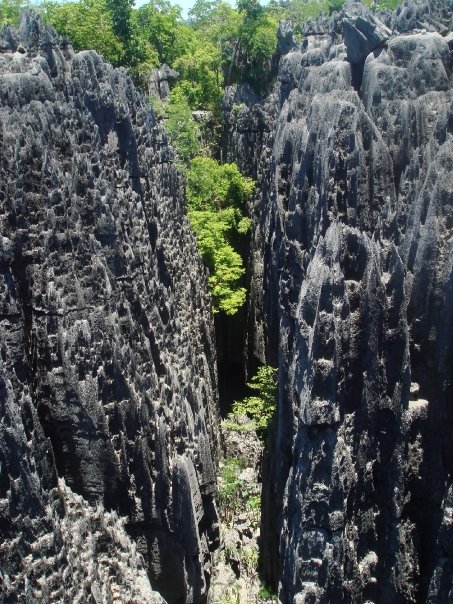Tsingy de Bemaraha Overview
Bemaraha National Park, locally known as “Parc National Tsingy de Bemaraha,” is one of Madagascar’s most unique and awe-inspiring protected areas. Located in the western region of the island near the town of Morondava, this UNESCO World Heritage Site is famed for its dramatic limestone formations known as “Tsingy,” a Malagasy term meaning “where one cannot walk barefoot.” Established as a national park in 1997, Bemaraha spans approximately 1,520 square kilometers (587 square miles), encompassing a breathtaking landscape of sharp pinnacles, deep canyons, and lush forests that support a remarkable array of biodiversity.
The terrain of Tsingy de Bemaraha National Park is defined by its signature Tsingy formations, which are jagged limestone karsts formed over millennia by erosion. These towering rock structures create a labyrinth of peaks and crevices, interspersed with caves, underground rivers, and gorges. The park also features areas of dry deciduous forest, wetlands, and the Manambolo River, which winds through the southern section of the park, adding to its ecological diversity. This combination of habitats supports an extraordinary variety of plant and animal life.
Bemaraha is home to numerous endemic species, many of which are adapted to its unique and challenging environment. Among its most notable inhabitants are eight species of lemurs, including the Decken’s sifaka and the western woolly lemur. The park is also a haven for reptiles, with species like the Madagascar giant gecko and the leaf-tailed gecko thriving in the limestone caves and forests. Bird enthusiasts will find over 100 recorded species, including the Madagascar fish eagle and the crested ibis. The flora is equally fascinating, with baobabs, pachypodiums, and other drought-resistant plants thriving in the arid regions of the park.
Visitors to Bemaraha National Park can engage with its stunning landscapes and wildlife through a variety of activities. Guided hikes across the Tsingy formations provide thrilling opportunities to explore this surreal environment, with suspension bridges and ladders enhancing the experience. Boat tours on the Manambolo River offer serene views of the park’s wetlands and gorges, while forest walks allow visitors to spot lemurs and other wildlife. The park also offers opportunities for rock climbing and spelunking, appealing to adventurers and nature enthusiasts alike.
Despite its global recognition, Bemaraha faces challenges such as deforestation, habitat degradation, and the pressures of increasing tourism. Conservation efforts led by Madagascar National Parks, along with international and local partners, focus on sustainable tourism practices, habitat restoration, and community engagement. Programs aimed at educating nearby communities about the importance of conservation have been pivotal in ensuring the park’s long-term protection.
Tsingy de Bemaraha National Park is a symbol of Madagascar’s unique natural heritage. Its otherworldly landscapes, rich biodiversity, and cultural significance make it one of the island’s most extraordinary destinations. Protecting Bemaraha ensures that its ecological treasures and geological wonders remain intact for future generations to explore and cherish.








































































